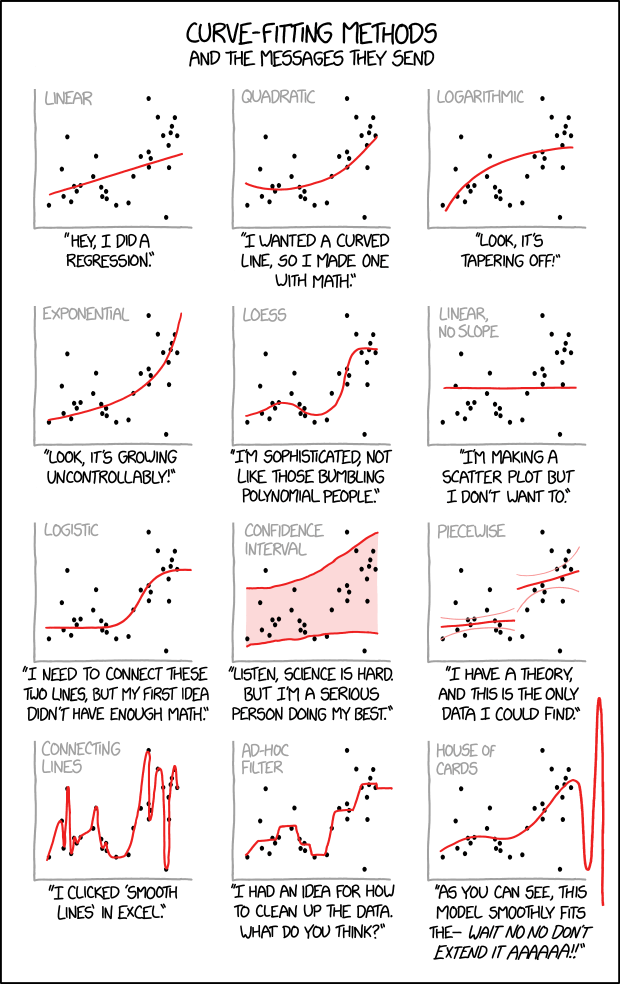
In science news this week:
Hard to make more from less: Reduced Sacramento salmon outmigration: “In the salmon circle of life, fewer spawning adults returning to freshwater in the fall typically means fewer offspring will make their way out to sea the following year. In a previous Fish Report, we described the disappointing returns of adult fall-run Chinook salmon to the Sacramento River Basin in 2017. As expected, this reduced adult escapement resulted in extremely low estimates of juvenile Chinook salmon outmigration from the upper Sacramento Basin in early 2018. The 2018 estimates of weekly passage at the Red Bluff Diversion Dam on the Sacramento River were the lowest they have been in 15 years, including the period following the collapse of the salmon fishery in 2008–2009. Low numbers of juvenile salmon outmigrating in 2018 means that fewer fish will probably return to the Sacramento Basin as adults in 2020, likely foreshadowing another season of poor fishing and poor returns. … ” Read more from FishBio here: Hard to make more from less: Reduced Sacramento salmon outmigration
Artichokes and amphibians: Watsonville Slough Farm brings land conservation and farming together: “Less than a minute’s drive from the outskirts of Watsonville, California, is a hidden gem: a small coastal farming community alive with flora and fauna known as Watsonville Slough Farm. It’s 500-acres lies in the heart of one of California’s largest coastal wetlands. Through thoughtful and strategic land management on the property the wetlands, and the wildlife, are thriving alongside fields of organic artichokes taller than the average human, lettuce, broccoli, other row crops and strawberries ripe for the picking. Yet the habitat did not always look that way. Beginning in 2008, the Land Trust of Santa Cruz County purchased 441 acres that would eventually be Watsonville Slough Farm. ... ” Read more from the US FWS here: Artichokes and amphibians: Watsonville Slough Farm brings land conservation and farming together
Here be giants: “California is home of “the Giants,” and not just on the baseball field. One of the most imposing fish on the Pacific coast, the giant sea bass (Stereolepis gigas), earned its name by being, well, giant. Adults can be grow to more than 550 pounds and 7.4 feet in length, and there are even some historical angler reports of individuals weighing up to 800 pounds (but fishermen are prone to hyperbole). Aside from humans and the occasional great white shark, adult giant sea bass do not have any predators and are known to live at least 70 years. These massive animals can be found along the West Coast from southern Mexico all the way up to Northern California, and tend to reside in nearshore habitat at depths of about 20 to 150 feet. … ” Read more from FishBio here: Here be giants
Conserving the Cultural Landscape: How the National Estuarine Research Reserve System protects ecological and human history: “In the spring of 2018, a centuries-old ship washed up on the shore of Guana Tolomato Research Reserve in Ponte Vedra Beach, Florida. It was almost as if its long journey through the years and the sea was destined to end at the reserve, where it will be protected, studied, and preserved. After all, the human history of this country is interwoven with its ecological history, and this connectedness is a large part of what the National Estuarine Research Reserve System works so hard to safeguard. ... ” Read more from NOAA here: Conserving the Cultural Landscape: How the National Estuarine Research Reserve System protects ecological and human history
Keeping score on earth’s rising seas: “An international collaboration among dozens of scientists has come within less than a millimeter of attaining a long-sought goal: accounting for all the jostling, overlapping, and constantly changing contributions to global sea-level rise. A just-published paper assembles virtually all the puzzle pieces – melting ice, warming and expanding waters, sinking coastlines and a stew of other factors – to arrive at a picture of remarkable precision. Since 1993, global sea level has been rising by an average 3.1 millimeters per year, with the rise accelerating by 0.1 millimeter per year, according to the study published Aug. 28 in the journal, “Earth System Science Data.” ... ” Read more from NASA here: Keeping score on earth’s rising seas
Maven’s XKCD Comic Pick of the Week …
 Sign up for daily email service and you’ll never miss a post!
Sign up for daily email service and you’ll never miss a post!
Sign up for daily emails and get all the Notebook’s aggregated and original water news content delivered to your email box by 9AM. Breaking news alerts, too. Sign me up!
About Science News and Reports: This weekly feature, posted every Thursday, is a collection of the latest scientific research and reports with a focus on relevant issues to the Delta and to California water, although other issues such as climate change are sometimes included. Do you have an item to be included here? Submissions of relevant research and other materials is welcome. Email Maven


